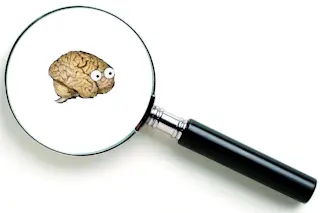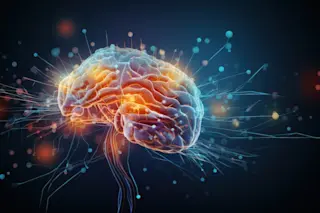This is my fourth post on ‘quantum resonance spectrometry’ (QRS), a strange medical technology that seems to be becoming increasingly popular in China. Proponents claim that QRS can quickly and painlessly diagnose almost any disease. However, as I discussed last time, the technology has a dubious history.
But we shouldn’t focus on the past. The important question is: how well do today’s QRS devices work? In this post I’ll look at some examples of the technology in action.
First some terminology. I believe that QRS is essentially the same product as “Quantum Resonance Magnetic Analysis” (QRMA) and “Quantum Resonance Analysis” (QRA). As far as I can tell, these are all variants of Ronald Weinstock’s original invention, “Magnetic Resonance Analysis” (MRA). For more details, see the previous post. Note that none of these technologies is related to Magnetic Resonance Imaging (MRI).
Searching for some evidence on how QRS works, I discovered ...














